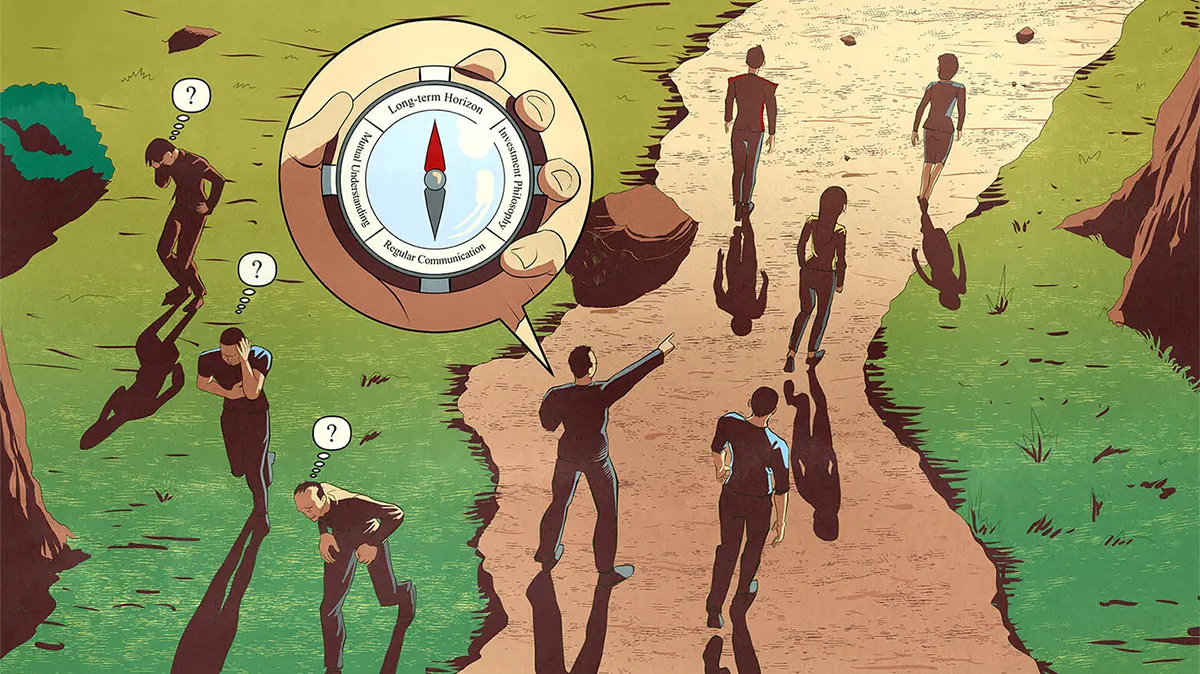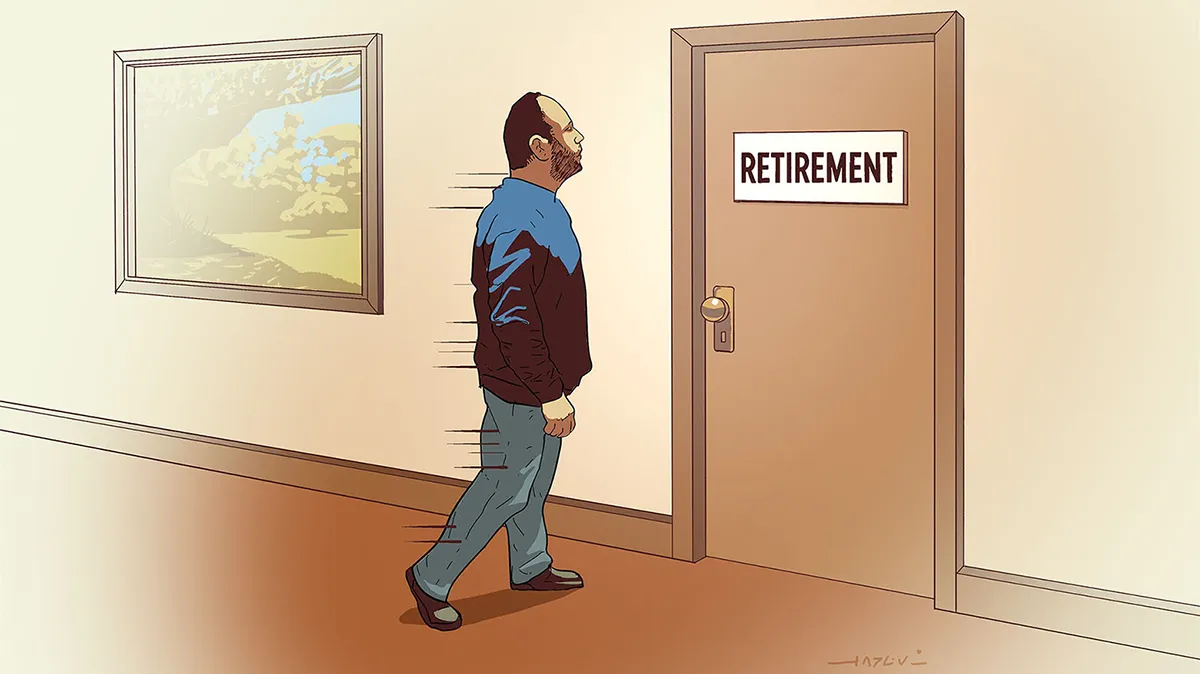Though the market keeps raging to the upside, I keep seeing bearish signs in market sentiment – the VIX is hitting multi-year lows, NYSE short interest is hitting a four-year low, the ratio of insider selling to buying is running at what John Hussman calls “panic level,” 8 to 1 (for every share bought eight were sold). With that said, I really have no idea if market will go higher or lower in the short run (and no one does!). I am sure there is plenty of contrarian bullish sentiment as well. For instance, most mutual fund inflows are going to bond funds, while US equity funds are seeing outflows. Even for those who don’t believe in market timing, the stock market seems to have this incredible ability to turn you into a market timer. Every time I get the inkling to time the market I remind myself of Milton Berle’s saying: “I used to be bullish, then I was bearish. Now I’m brokish!” The solution is simple: analyze and value individual stocks; and the cash in your portfolio should not be a byproduct of your view on the market, but a residual of your individual buy and sell decisions.
Reminder: VALUEx Vail 2012 will be held (as you’d expect) in Vail on June 20-22. You can find more information about VALUEx Vail and how to apply, here.









0 comments
0